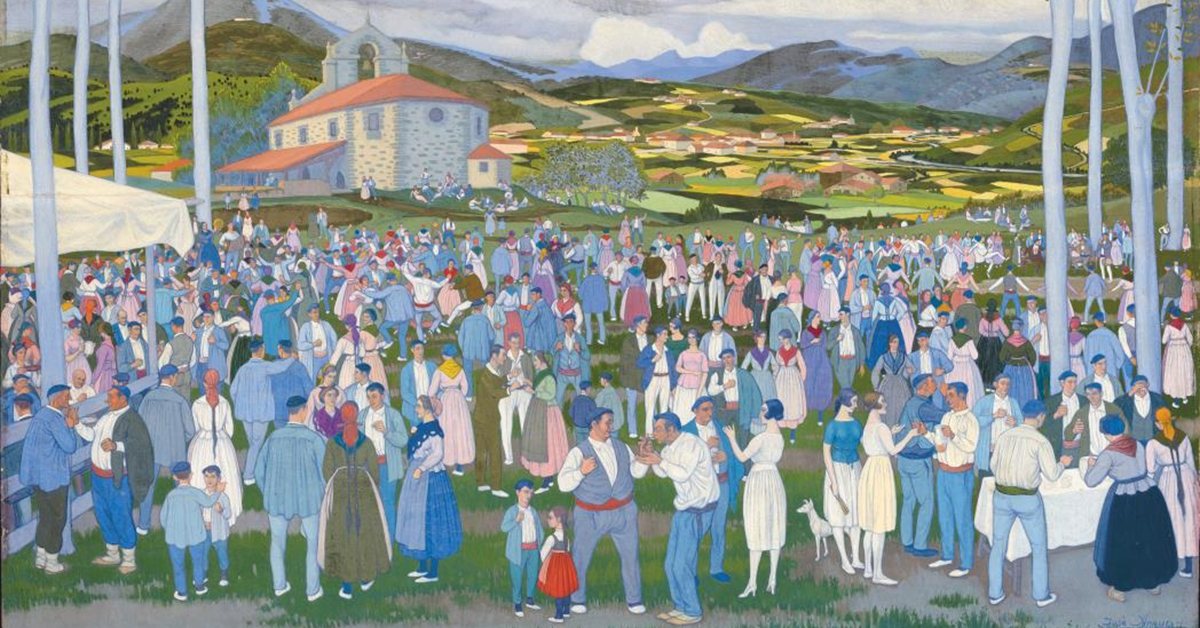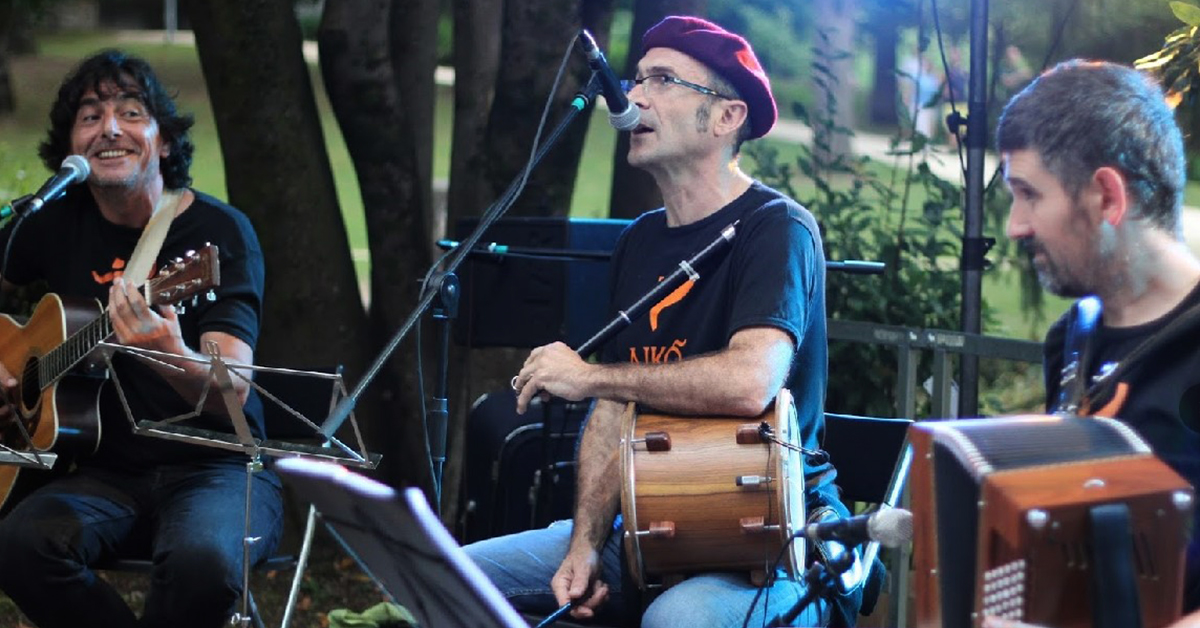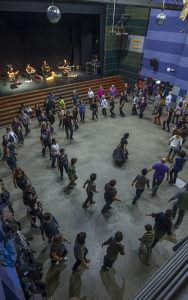Basque ethnography at a glance
By accepting that tradition is a constantly evolving concept, we accept that it will not always move in the right direction. Nevertheless, those of us who are part of that tradition and promote it must be aware of the responsibility such a task entails. What we do will have an effect, in one way or another, on the evolution and future of the said tradition.
Slowly but surely, traditional dance tends towards normalization, and thus away from diversity. It might be on the right path, it might be on the wrong path: for better or for worse, it depends on the eye of the beholder.
Modification of transmission channels brings about changes which directly affect what is being transmitted: in this particular case, traditional dance. When transmission takes place at a dance school or course, the transmitter must irretrievably consider what he or she wants to transmit, briefly describing and adapting a system which is originally much broader than shown.
A good friend of mine recently told me something about the jota and how we (Aiko music and dance group) try to standardize a model which is quite far from the rather modest two-or-three-step jotas which were danced in our villages. And I say jotas, in the plural, because I am well aware that there were and still are diverse models in terms of movements and choreographic structures (couples, quartets, lines, circles or more complex choreographies). My friend is right. As a matter of fact, we have opted for a teaching method which rewards freedom, creation and communication, which could be as simple or as complicated as required. It is intended to be an open and comprehensive approach which allows for both individual and collective development. So is our intention.
The main motivation of dance events in village squares was to foster social relations. In line with the traditional choreographic model, the act of dancing acquired additional meanings from time to time, be it in a contest, be it at an exhibition: namely, the joys of dancing for the sake of dancing (I enjoy dancing and would like my dance to appeal to others). Be that as it might, folks would more often than not dance in a simple and natural way, socializing with their dance partner or fellow dancers being their sole purpose. I believe that the model has changed and continues to change: communication remains an important factor, but many us dance just simply for the pleasure of dancing, taking fresh new challenges and embracing dance as a means for self-expression and personal development, as much or even more than an opportunity to relate to others. Some people like to go further, and that, though perhaps not openly, has always been the case. It used to be rare for artists to explore innovative choreographic choices; now, however, it is even common for them to seek to define their own boundaries. That might precisely be one of the distinguishing features of early-20th-century folk dance.
I cannot say that the foregoing is in itself neither right nor wrong. It would be pernicious if the model to follow presumed that the dancer should forcibly follow the nine steps of a jota and execute them on toes. We could mark possible destinations on a map but not necessarily visit them all, though I know that we might be misunderstood and assume that it is our responsibility as transmitters to shed light on the matter, if possible.
Because in essence, dance is language through motion, and like other forms of language, not much knowledge is needed in order to express yourself utilizing your body.
Patxi Laborda – Member of the dance group Aiko and dance teacher at Bilbao Musika
Translated by Jaione Bilbao – Ethnography Department – Labayru Fundazioa
Original text in Basque.




